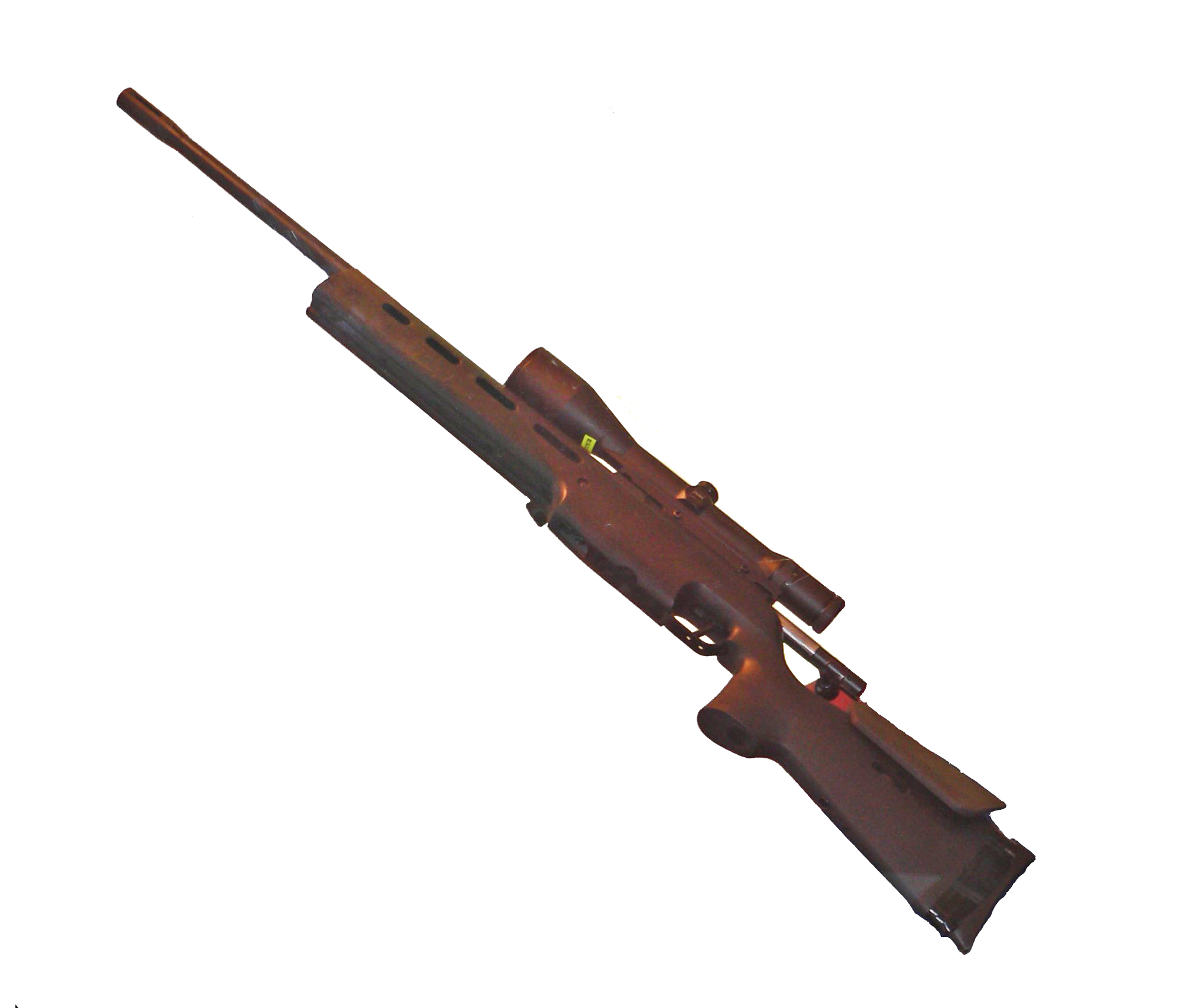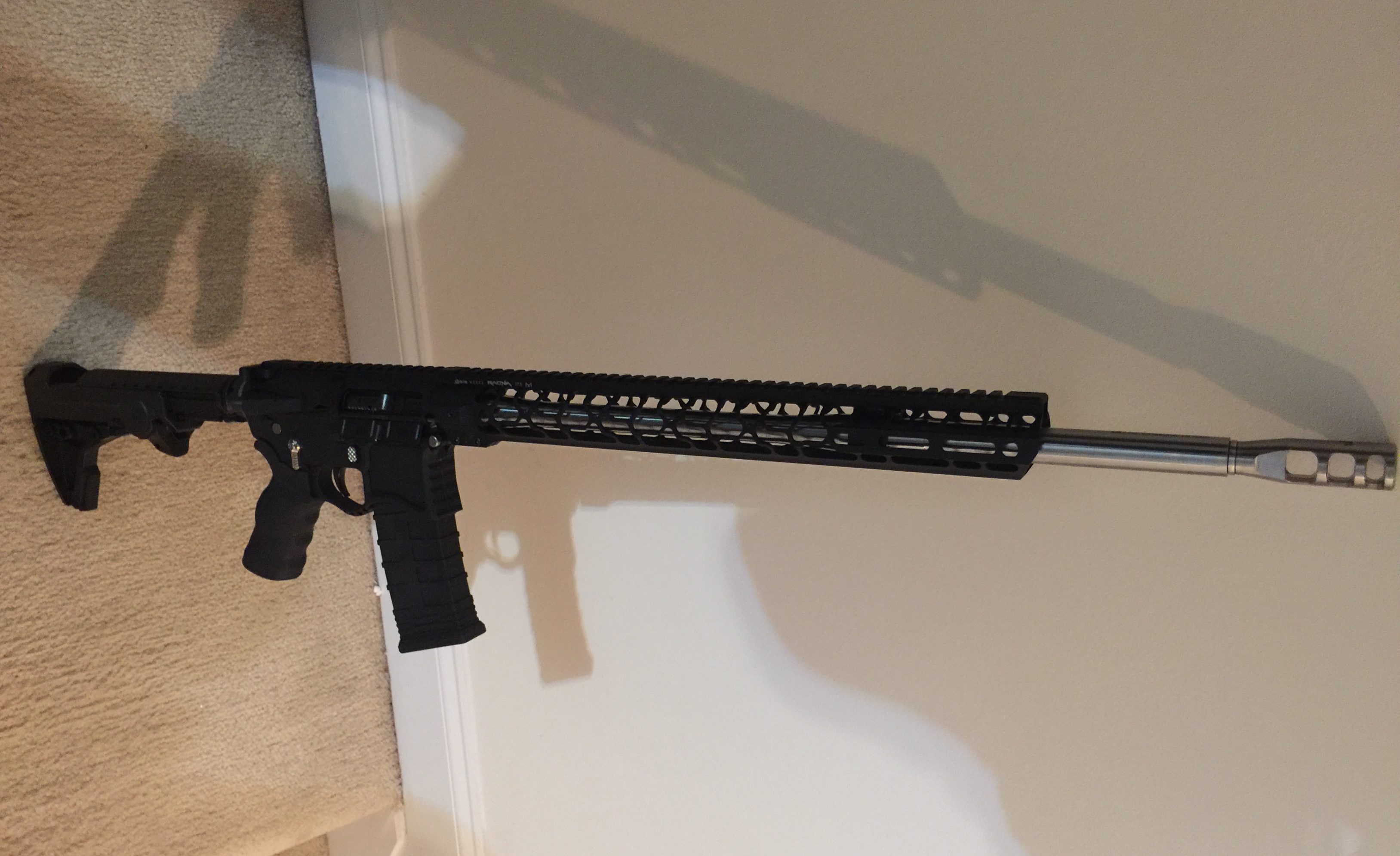
Featured image courtesy of Wikipedia user Rama
If you have been shooting rifles for a while, you should be familiar with rifle stocks but may not be as familiar with chassis.
A barreled action can either be mounted in a stock or a chassis – let’s take a look at each!
A rifle stock is commonly made of single piece wood or polymer that offers little adjustment in overall length or cheek rest height.
They also often require the action to be bedded together to alleviate any voids present in the fitment. The process of bedding can be very tedious and requires great attention to detail. However, stocks tend to be lighter and offer a significate advantage when having to carry it great distances.
The simplistic design removes the need for separate parts or accessories, which can be great. Judging from the average level of Glock out in the public eye, however, there’s an outside chance some folks want to get a little extra customization in their rifle.
Enter, the chassis.
A rifle chassis is generally milled out of a single piece of aluminum except for the grip and buttstock. This ridged material allows the action to be mounted securely without the need to bed them.
Chassis offer a wide range of adjustment, from the overall length to the height of the cheek piece and even the position of the buttstock. This gives the user exactly what they want when setting up the rifle for their body. However, all the adjustment knobs as well as adjustment positions create weight and can fail or come out of adjustment, which no one wants to be accounting for on the fly.
When deciding on a stock or chassis, it really comes down to if you are looking for the simplicity of a stock or if you want a chassis to fit you perfectly – do you want to go customizations crazy? If so, you’ve got your answer.
Most importantly, however, be sure to consider the purpose of the rifle and chose accordingly.
What do you think? Share this out on social, tag us, and let us know!



